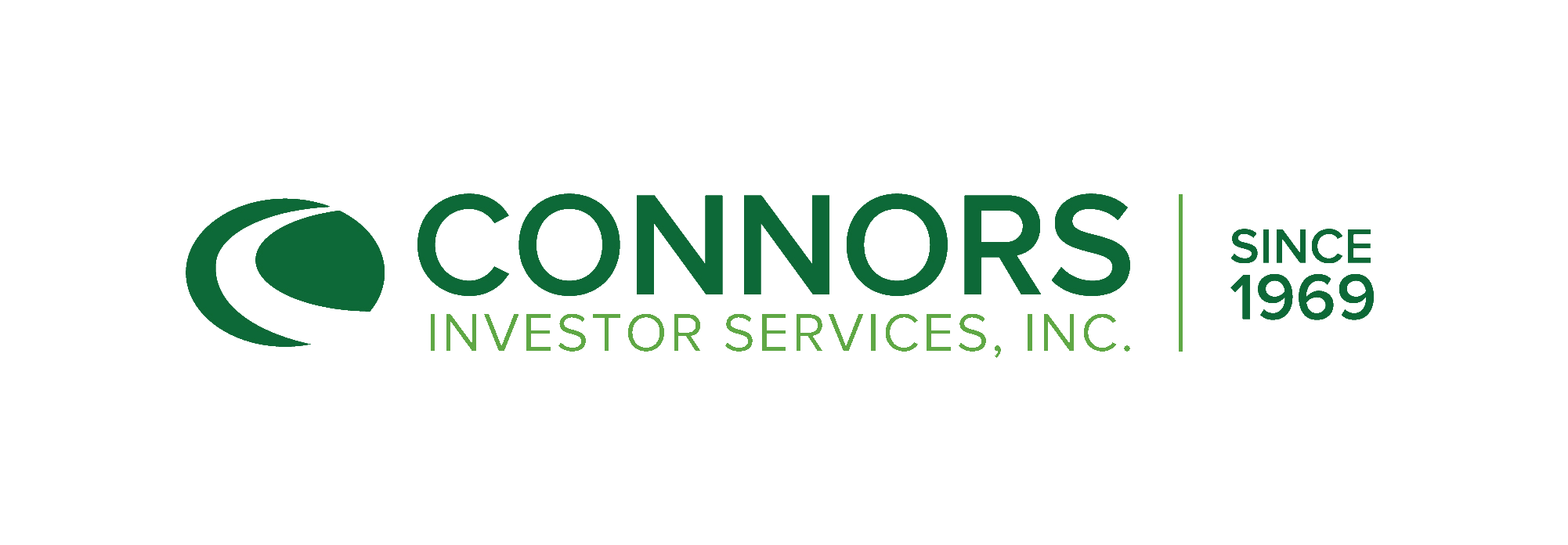2023 Q3 Small Companies Commentary
by Brian G. McCoy, CFA, on October 23, 2023
Performance Attribution
After two consecutive quarters of solid returns, markets retreated modestly in the latest three-month period as inflation and higher interest rates reset investor perceptions around stock and bond valuations. Throughout the year, attention has focused on the rapid rise of the Federal Reserve’s targeted interest rate, which has been the fastest rise in decades in its effort to tame inflation. In the most recent quarter, with continued strength in employment, consumer spending, housing, and other economic data, the Fed’s messaging has continued to firmly telegraph that rates may stay higher for longer than investors have been anticipating. This ‘higher for longer’ stance was notably priced into the bond market, particularly with the 10-year U.S. Treasury note, as its rate increased from 3.83% to 4.57% during the quarter. As future earnings are discounted at higher rates, valuations shift lower, resulting in lower returns.
Throughout the quarter, the investment community continued to weigh this stance on monetary policy in the context of a domestic economy that continues to be surprisingly resilient. Though inflation is moving lower, its rate of decline to the Fed’s stated target of 2% appears to be moderating. Higher oil prices and upward pressure on wage demands seen in strikes by the UAW and healthcare workers suggest slow progress toward their goal.
However, all this is backward-looking. Along with the positive trends, concerns persist as markets look forward and attempt to judge when, or even if, these higher rates will result in a recession. The Leading Economic Indicators Index (LEI), evidence of tightening lending standards, the resumption of student loan payments, and China’s slowing give weight to the negative investment arguments. The increasing debate and conflicting views of economic growth, inflationary pressures, and resulting effects on corporate profits resulted in the quarter’s increased volatility.
In a continuation of their favored status among investors, large companies outperformed their smaller counterparts, though all major indices had negative returns for the quarter. Large technology companies, particularly those riding the optimism of Artificial Intelligence (AI), lengthened their span of dominance in a market in which investors have a narrowing field of interest and tolerance. Reflecting this outperformance, the S&P 500® returned -3.28% during the quarter. Alternatively, the small-cap asset class feels as though it is navigating within a completely different reality as the Russell 2000® lost further ground and returned -5.12%. Though our strategy relative returns and the asset class broadly are challenged, we highlight in our outlook below aspects that are providing us optimism.
For the most recent quarter, our leaders within the portfolio were as follows:
Trupanion (TRUP), the leading provider of pet health insurance, was our top provider of positive returns during the quarter. In our last commentary, we highlighted this name as a contributor to lower returns despite having booked solid gains from our original investment. Most recently, the company delivered a positive earnings surprise and guided towards improving margins as higher premiums work their way through their financials. Management is also focused on efficiencies while expanding their markets and testing new offerings for pet owners.
SM Energy (SM) is an independent energy company and a recent addition to our portfolio. As with the rest of the industry, management has focused on the return of cash generation to investors with stock buybacks, dividend payments, and debt reduction. Earlier in the year, some disappointment in well results provided the opportunity to initiate a position after our holding of
PDC Energy was acquired by Chevron. A recent acquisition of additional acreage and improved execution has led to improved results and guidance.
IMAX (IMAX), the well-known premium theater operator, returned to leading performance this past quarter. IMAX has continued to benefit from capturing an outsized percentage of the global box office relative to its installed base as moviegoers favor a differentiated experience. Having most recently benefited from the ‘Barbenheimer’ phenomenon, we continue to be optimistic about their continued growth with their solid slate of movie releases, increasing contribution from local language films outside the U.S., settlement of the writer’s strike, and further new theater growth.
Sprouts Farmers Market (SFM), an organic and natural food retailer, is a recent addition to the portfolio and a positive performer. Though shoppers have been faced with higher prices leading to fewer items in baskets, comparable store sales have been positive, and management modestly raised current year profitability guidance. Though not immune to the economic cycle, we like the demographic trends and health-oriented focus on food staples. Additionally, we are optimistic about management’s focus on efficiencies in promotions and their supply chain with the potential for store growth.
AeroVironment (AVAV), a manufacturer of small and medium-sized drones, rounded out our top performers. During the most recent earnings call, guidance for the year was raised on strong demand for their products and systems. The successful integration of several acquisitions has built out their platform offerings over recent years and is leading to strong demand and continued success in winning business.
Activity During the Quarter
In our efforts to navigate the volatile small-cap market, our turnover was somewhat higher than our long-term average, though many of the changes were marginal. We did exit our Akoustis (AKTS) holding, which was also a driver of our underperformance. Though having delivered revenue growth of 60% over the previous quarters and continuing to land design wins for their products, forward guidance on revenue succumbed to inventory correction issues, and profitability was pushed further out, leading investors to punish the stock. Other sell activity was generally driven by efforts to trim holdings to lock in recent and/or longer-term gains. Specifically, we trimmed Axos Financial (AX), Omnicell (OMCL), Cyberark (CYBR), Green Dot (GDOT), Trupanion (TRUP), Semtech (SMTC) and IMAX.
With proceeds, we added modestly to several holdings, including Cryoport (CYRX), Shyft Group (SHYF), International Money Express (IMXI), Shutterstock (SSTK), Cambium (CMBM), Computer Programs & Systems (CPSI), Green Dot (GDOT) and Healthcare Services Group (HCSG). New to the portfolio during the quarter is Zeta Global (ZETA), a consumer intelligence software company, and Prestige Consumer Healthcare (PBH), which is focused on niche products in the over-the-counter healthcare space.
To begin the year's second half, we are overweight Consumer Staples, Healthcare, Energy, Communications, and Industrials. Our allocations to Consumer Discretionary and Real Estate are in line with our benchmark, while we are underweight Financials, Technology, and Materials. We continue to have no Utilities in the portfolio, though with recent declines in the sector, we are actively exploring opportunities that may meet our criteria.
General Outlook, Current Positioning/Strategy
As we alluded to above, the small-cap asset class seems to be in an entirely different reality from its larger counterpart as all financial media discussion and investor interest is focused on the mega-cap stocks, AI, and the current view of large-cap technology as defensive. As investors in the space, we are accustomed to a general lack of interest in small companies, as so many are not household names. In fact, one of our core beliefs is that this lack of attention results in inefficiencies that present opportunities for compelling returns. However, we feel this lack of interest is at a multi-year low and commensurate relative return opportunities are quite attractive relative to large cap.
Indeed, the effects of inflation, interest rates, supply chain disruptions, and employee challenges have affected smaller companies to a greater degree than large ones. Looking at the Russell 2000, top and bottom-line results have been impacted to a greater degree than the S&P 500®. Additionally, smaller companies are generally more dependent on debt than larger companies, and much of it is variable and shorter in duration. Further, any perception of potential challenges to servicing debt, even if maturities are out several years, has resulted in the stock price being severely punished.
With these acknowledged challenges, investors have sought refuge in large, well-known names that have driven outsized returns in a select few companies. This mega-cap influence on the S&P 500® returns is evident as the S&P 500® Index’s year-to-date return of 13.10% through the 3rd quarter easily leads its equal-weighted counterpart return of 1.69% for the same time. Further highlighting investors love of the largest companies, the Bloomberg Magnificent 7 Total Return Index® return for the year has gained 83.9% and trades at a price-to-earnings multiple of 43.8x.
This concentration in so few names has reached extremes like those seen during two previous periods of notorious similarity. At the end of the 3rd quarter, the largest 10 names in the S&P 500® totaled approximately 32% of total market cap of the index. This is a greater percentage reached than at the peak of the tech bubble in 2000 and equally as high as that reached during the Nifty 50 period of the early 1970’s. Even more noteworthy, the market cap of Apple (AAPL) has reached a level greater than the entire market cap of the Russell 2000. This concentration drives the relative strength disparity in returns as well.
Over the years, our team has utilized data going back to 1926 provided by the Stock, Bonds, Bills, and Inflation (SBBI®) monthly dataset to provide a historical context of returns. Looking at rolling 10-year annualized returns, a total of 1,054 points of data, the small-cap asset class has historically provided an approximate 2.7% return greater than large cap, thus the well-known small-cap return premium. As of the end of the current period, this 10-year average is -4.3%, which places it in the bottom 10% of all periods. This relationship holds even if we look at the post-World War II period and eliminate the Great Depression from the analysis.
As investors in small-cap, this has been a challenging number of years, and it is no wonder why all attention and focus has been on large-cap due to the uncertain domestic and global economic landscape. However, as we look to history, the periods of extreme concentration in so few large companies did reverse and bode well for our corner of the market for multiple years.
Currently, reflecting the return dispersion, valuations for small caps are attractive relative to large caps. Using the major indices of the S&P 500® and the Russell 2000, on a Price-to-Sales (P/S) and Price-to-Earnings (P/E) basis, small-caps are trading at the lower end of their historical relationship. Though this is reflective of the challenges mentioned above, consensus sales and earnings growth for the next year for small-caps could narrow this valuation gap, potentially driving solid returns.
As the Russell 2000 was hitting recent lows last year, some strategists and managers advocated small-caps, a move we had not seen for some time. This was based on several positive attributes including valuations, the extreme large-cap concentration, and the potential reversion to the historical relative return outperformance. Additionally, the trend of on-shoring, various Federal initiatives for infrastructure spending, and peaking interest rates were also advocated as possible catalysts for small-cap outperformance. All of these continue to be valid in our opinion and could provide near and longer-term drivers for the asset class.
Though we acknowledge these positive catalysts, then and continuing today, we remain cautious with the uncertainties of the domestic economy as that is a dominant driver of smaller companies. Of concern are the price of oil, the resumption of student loan payments, various employment strikes, consumer balance sheets, and, as of the writing of this commentary, the effects of additional turmoil in the Middle East.
Certainly, the recession, which was the consensus belief going into this year has not materialized, and economic activity, employment, and consumer spending have been positive as inflation moderates. In turn, this has led the Fed to continue to drive interest rates higher and signal they will remain elevated, even as they stop raising them. Actively debated is whether this stance will drive the economy into recession or whether they will be successful in navigating a soft landing.
Reflective of this, the Russell 2000 has been in a trading range for well over a year. As the differing concerns ebb and flow, the index has traded between a high level of around 2000 and recently a low of roughly 1720, having reached a slightly lower level of about 1650 in June of last year. This trading range may likely continue until a definitive direction in the economy is known.
Optimistically, with inflationary pressures moderating, margins should generally improve for smaller companies. Consensus sales and earnings growth suggest sequential improvement in the third and fourth quarters, continuing for all of 2024. Should this transpire, small companies may regain investor interest.
As we end our commentary, we acknowledge our strategy is delivering challenged returns, and we highlighted some specific examples in our prior letter. We have managed through similar periods over several cycles and, historically, having remained consistent in our long-term strategy, benefited from strong rebounds. We continue to balance our stance between defensive and offensive positioning while being more active in managing our position weights, though not taking any ‘big swings’.
In any period, we will have holdings in which the market tells us our investment thesis is wrong and will not work out. In similar periods as now, the market is telling us we are wrong on a greater number of positions than usual. The market reasons may differ over time, but our challenge is getting out of those where the market is correct while capitalizing on those opportunities the market gets wrong. A deliberate and disciplined application of our strategy over decades has historically worked, and we continue that today.
Though results do not reflect it, we are seeing positive signs that are increasing our optimism for the portfolio. Though not identical for each holding, some examples include insider buying, stock buybacks, improved tones from management in our meetings and sell-side analyst upgrades. Additionally, the above-mentioned potential catalysts for the asset class could help begin to drive a reversion to the historical relative outperformance of small-cap.
We are always available to go into greater depth and discuss our thoughts and strategy further.
Thank you.
Important Disclosure Information
Please remember that past performance may not be indicative of future results. Different types of investments involve varying degrees of risk, and there can be no assurance that the future performance of any specific investment, investment strategy, or product (including the investments and/or investment strategies recommended or undertaken by Connors Investor Services, Inc. [“Connors]), or any non-investment related content, made reference to directly or indirectly in this commentary will be profitable, equal any corresponding indicated historical performance level(s), be suitable for your portfolio or individual situation, or prove successful. Due to various factors, including changing market conditions and/or applicable laws, the content may no longer be reflective of current opinions or positions. Moreover, you should not assume that any discussion or information contained in this commentary serves as the receipt of, or as a substitute for, personalized investment advice from Connors. Please remember, if you are a Connors client, to contact Connors, in writing, if there are any changes in your personal/financial situation or investment objectives for the purpose of reviewing/evaluating/revising our previous recommendations and/or services, or if you would like to impose, add, or to modify any reasonable restrictions to our investment advisory services. Unless, and until, you notify us, in writing, to the contrary, we shall continue to provide services as we do currently. Also, remember to advise us if you have not been receiving account statements (at least quarterly) from the account custodian. Connors is neither a law firm, nor a certified public accounting firm, and no portion of the commentary content should be construed as legal or accounting advice. A copy of the Connors’ current written disclosure Brochure discussing our advisory services and fees continues to remain available upon request or at www.connorsinvestor.com. Historical performance results for investment indices, benchmarks, and/or categories have been provided for general informational/comparison purposes only, and generally do not reflect the deduction of transaction and/or custodial charges, the deduction of an investment management fee, nor the impact of taxes, the incurrence of which would have the effect of decreasing historical performance results. It should not be assumed that your Connors account holdings correspond directly to any comparative indices or categories. Please Also Note: (1) performance results do not reflect the impact of taxes; (2) comparative benchmarks/indices may be more or less volatile than your Connors accounts; and, (3) a description of each comparative benchmark/index is available upon request.







